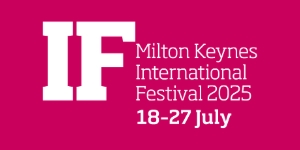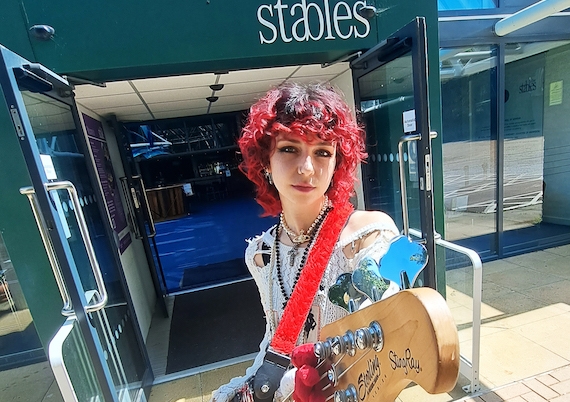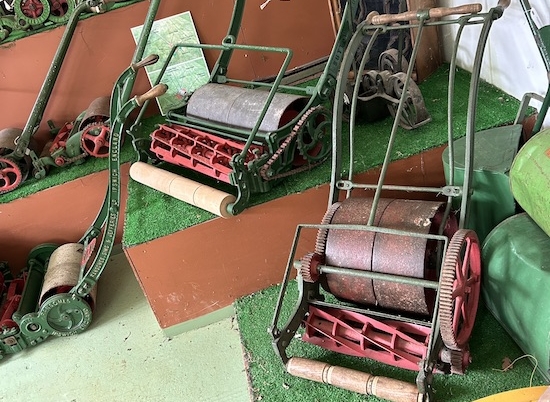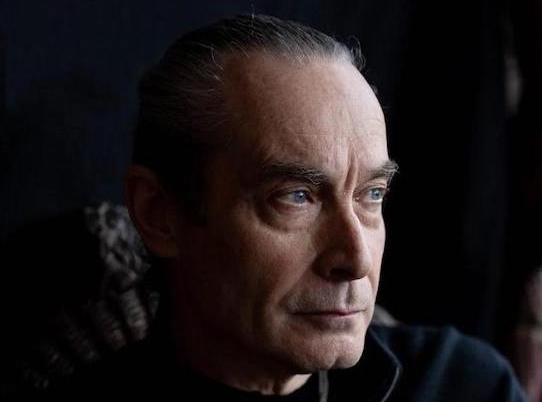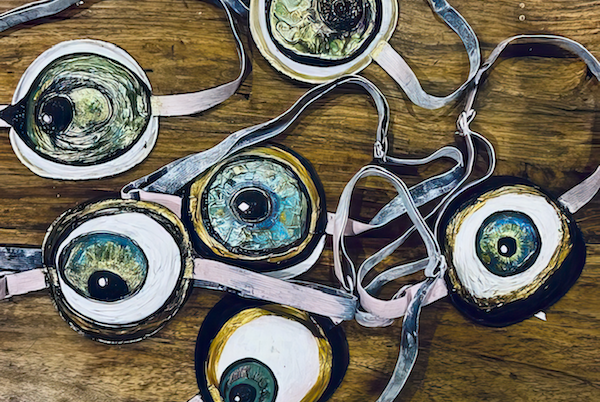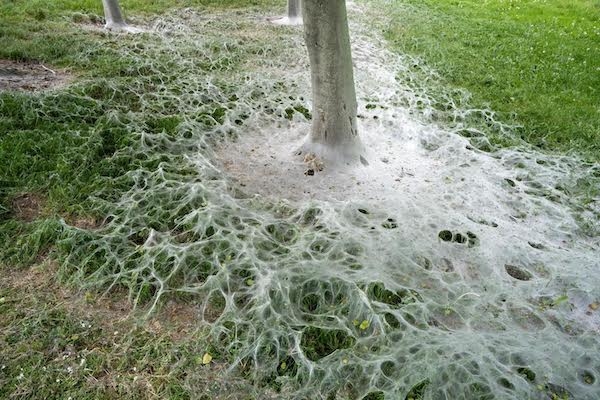A rare portrait of an early computer has been rediscovered after a plea by its artist and The National Museum of Computing (TNMOC), where the computer itself has been fully restored to working order.
Kaldip Bhamber, an art lover, recently bought the huge painting to display in her Jam Street Café Bar in Manchester, a city renowned for its early computer heritage.
The Portrait of a Dead WITCH was painted in 1983 by John Yeadon after he had seen the original machine, the Harwell Dekatron / WITCH computer, in Birmingham’s Museum of Science and Industry.
The computer itself was rediscovered dismantled and in storage in 2009 and moved to The National Museum of Computing on Bletchley Park where it was restored to become the world’s oldest original working digital computer.
The existence of the painting came to the attention of the Museum only last summer when it came across a reference to it in the Morning Star newspaper.
The artist was disgruntled that it had been auctioned off by a public body. Intrigued, Museum staff launched a campaign with the artist to find it.
The almost life-size 2m high by 3m wide painting, like its subject, has a fascinating history. It was created by artist John Yeadon when he became mesmerised by the ‘dead’ machine then on display in Birmingham.
He described it as “a diabolical contraption, a dusty hunk of electric and mechanical hardware that reminded me of the disturbing 1950’s Quatermass science fiction television series”. Yeadon wanted to give the dead machine life, “but with humour and menace”.
For many years the painting was part of the Leicestershire Artworks Collection and then lodged with a school, but much to the chagrin of the artist, it was auctioned off privately last year. At that point, the painting seemed to disappear.
John Yeadon’s search for it came to the attention of TNMOC which then launched a bid to find it.
Meanwhile, the painting was continuing to change hands and late last spring was bought by art-lover Kaldip Bhamber, pictured with the artist (top).
“I think it is a gorgeous work of art, reminiscent of the work of the impressionists and especially Monet’s water lilies series,” explained Ms Bhamber. “I really didn’t have any idea of what the painting depicted, but I fell in love with it and bought it to display on a very large wall space in my newly opened café bar. Its bohemian character suits the Whalley Range area of Manchester perfectly!”
Ms Bhamber continued: “I have a degree in art and was astonished to be able to buy it. I was surprised at the time that there wasn’t more fuss being made about it. I always wanted to discover a lost artwork treasure and I harboured a secret notion this might be it!
“I started researching the origins of the painting and was astonished to find it on the TNMOC website and in press cuttings. The portrait’s back story was a complete surprise and I am overjoyed that it is indeed sought-after!”
The artist, John Yeadon, is thrilled: “The rediscovery of the painting has given the work new life rather like the reboot of its subject. Both are no longer dead! The painting looks so fresh as if it could have been painted yesterday!
“Paintings don't age like technology. Photography always refers to the past, a past moment, paintings are about now; even old paintings refer to the present. I was particularly pleased that Kaldip bought the painting because she 'fell in love with it'. I am delighted that it is back on public display."
Kevin Murrell, a trustee of TNMOC and the person who rediscovered the actual WITCH computer, is excited that the painting has been found. “We thought the odds of finding the painting again were very long. In fact, we even wondered if it still existed, but, like the WITCH itself, its survival instincts must be very high!
"As a trustee of the Museum that displays seven decades of computing history with working machines, I think this artistic interpretation of 1950’s computing is a rare and spell-binding find.”








